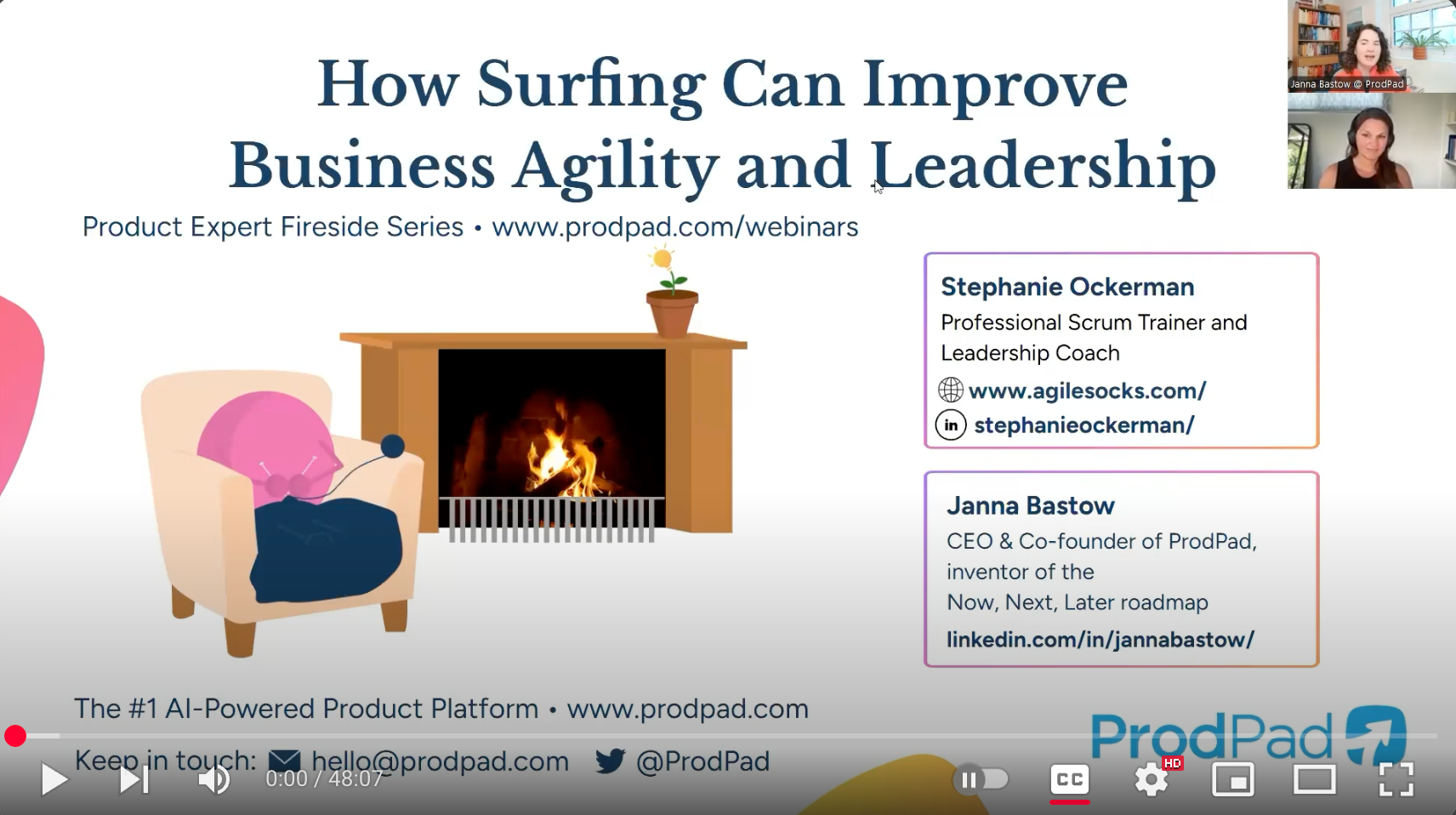What is one of the most important aspects of holding the Scrum Master accountability? If you immediately thought about something like removing impediments and helping the team get to Done, I want you to think of the bigger picture. How you show up as a leader has the biggest impact. Not sure what that means? Read on to see why your mindset and what you bring of yourself to your Scrum practice are critical to success.
What “showing up” as a Scrum Master means
At its most basic, “showing up” relates to the mindset that informs our lives as Scrum Masters. I sometimes describe this as integrating and calibrating our “being” and our “doing.” The aim is to bring our A-game to the team every day, doing the best we can in any given circumstance. It’s about being grounded and present so we can expand our awareness, allowing us to see more of what might be happening on the team and in the organization.
Ultimately, as Scrum Masters, we have the best shot at influencing others and achieving our goals when we show up:
- Connected to our purpose
- Open and curious
- Clear on the impact we want to have
It’s not a performance we turn on and off. It’s an act of self-awareness and intention that requires regular practice. There is no perfection.
Why showing up matters
As Scrum Masters, we often work in organizations that simultaneously pull us in opposing directions. Leadership often focuses on the wrong measures and isn’t aligned around customer outcome-based goals. Organizational systems and policies tend to promote individualism and competition rather than shared goals and success. These are all obstacles in the way of being effective. And, in complex environments, there is often a lot going on, and it’s coming at us fast.
It can leave us feeling a bit like being the ball in a pinball game—bouncing from target to target, trying to get ahead by reacting to each new flashing light while we hope to avoid going down the drain. That doesn’t sound like the path to influential leadership, does it?
There’s an alternative: Navigating an uncertain, complex environment and thriving is possible when we approach our work mindfully and with intention rather than in a state of constantly reacting. Showing up comes with powerful benefits.
It allows us to avoid roadblocks
Showing up with intention and our purpose in mind allows us to realize a greater impact by avoiding common roadblocks such as:
- Getting stuck in knowing-and-controlling behavior
- Depending on just our own experience and discounting the ideas of others
- Making assumptions and judgements
- Feeling and projecting a sense of self-importance (an outsized ego)
- Getting distracted by things that don’t actually matter, taking us away from what does
- Caving to organizational pressure even when we know it’s the wrong thing to do for our team, customers, or the company
It reveals realities and possibilities
When we cultivate openness and tap into our intuition, it enables us to get at the root causes of issues rather than addressing their symptoms over and over again. What’s going on within the team and the organization becomes more transparent to us because we’re more attuned to our environment.
When we let go of thinking that we have all the answers, we can be more open to the ideas of others, expanding our perspective and revealing many more possibilities.
It attunes us to our purpose and desired impact
Showing up as our best Scrum Master connects us more deeply to our purpose and the impact we want to have as a leader. We can be proactive in our approach, reducing the time between seeing issues and influencing others so we can avoid them or minimize their impact. We’re more confident testing hypotheses and changing direction when the evidence suggests we should.
Most important, by being clear and intentional about our purpose, it becomes easier to detect what matters and what is a distraction. We can focus on what counts and confidently ignore what does not.
How to show up for your team
In my Agile Socks Scrum Master Coaching Program, I take participants through a three-step process they can use on a regular cadence and whenever they need to prepare to show up for their team. Making a habit of cycling through this process helps us to have more influence and create the impact we want to have.
To illustrate the steps, let’s set out a scenario common to a day in the life of a Scrum Master. You have a Sprint Retrospective coming up, and it’s bound to be challenging. Based on how the last Sprint went, you suspect there will be high emotion based on unresolved conflict. You’re also feeling frustrated with a team member’s attitude toward you. You will have to bring your strongest facilitation game to this retrospective meeting, and you’re already feeling stressed. You’re starting to spiral through different ways this meeting could unfold in your head, which only amps up your anxiety.
Now, let’s look at our three steps and how we can use them to prepare for the scenario I just described.
Step One – Cultivate presence
We start by noticing our energy (thoughts and feelings) and what might be causing it. Our thoughts influence how we feel, and our minds create stories to help us make sense of our world. However, those stories aren’t always accurate. Being aware of what we’re feeling and the thoughts behind it allows us to challenge our assumptions and judgements. Maybe we’re bringing past experiences into the picture versus what is observable.
You know the Sprint Retrospective might be challenging based on issues in the Sprint. See that awareness as a benefit because it will allow you to prepare for what will unfold. To interrupt cycling through possible scenarios that are increasing your stress, bring your awareness back to the present. Actively challenge those negative scenarios and remind yourself that past experience does not predict future events.
Step Two – Get clear on intentions
Set your intention for the retrospective by asking yourself what you want to achieve and how it aligns with your purpose as a Scrum Master. In the case of the Sprint Retrospective, you might focus on creating a space where everyone feels heard and appreciated. You might want everyone to contribute ideas for resolving conflicts or team deficits. Remaining curious, open and flexible about what unfolds might be part of your intention.
Step Three – Align with intentions
By staying attuned to our thoughts and feelings, we will notice times when there is a disconnect between our mindset and our intentions, making it less likely that we will create the desired impact. This is when we need to shift our energy to realign with our purpose.
That might mean taking a short walk, listening to music, or even just concentrating on a few deep breaths (which is surprisingly effective) before the Sprint Retrospective. Taking a short break during the retro to do a quick reset can also help. Find the techniques that work for you.
This three-step process is something I use routinely throughout my day. It doesn’t have to be time-consuming. I’ve found that the more I practice it, the easier it becomes to cycle through.
Conclusion
Being a successful Scrum Master involves more than making sure your team is “following” the Scrum Guide. How you show up for your team (and yourself) will give you the influence you need to make an impact. It will also help to avoid being reactive to the many demands and competing interests present in most organizations, allowing you to act with purpose and intention.
You can learn more about my simple approach to navigating the complexities of the Scrum Master accountability, and delve more deeply into how to show up with intention in my Level Up Your Scrum Coaching Program. Get on the waitlist to be part of this four-month growth and transformation incubator now.
Further reading
You might find these other posts helpful to further explore topics related to showing up as a Scrum Master:
3 Steps to Grow Your Impact and Influence
Scrum Mastery: 5 Actions of an Effective Servent-Leader
How Often Do You Have to Escalate?



